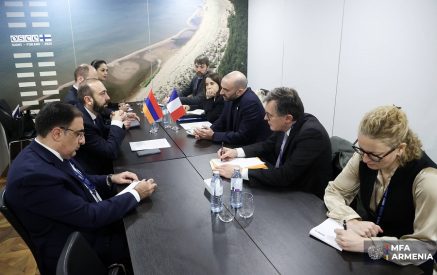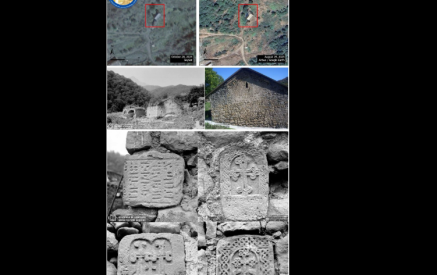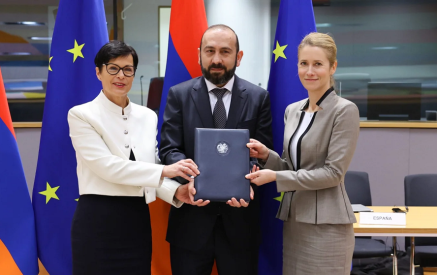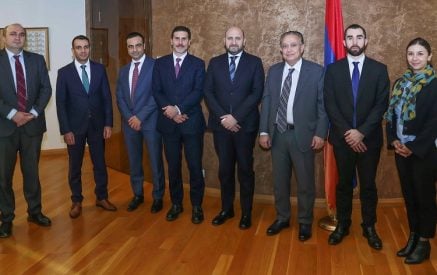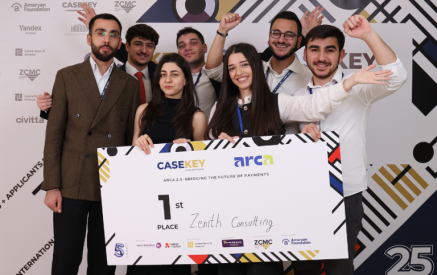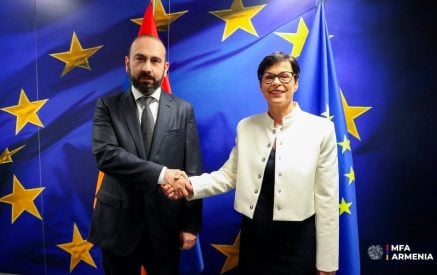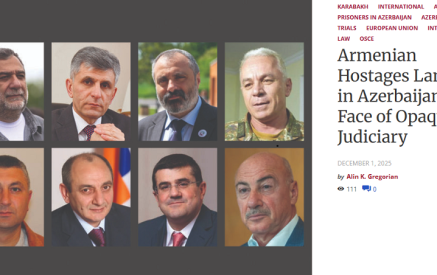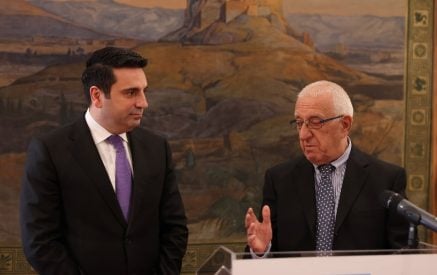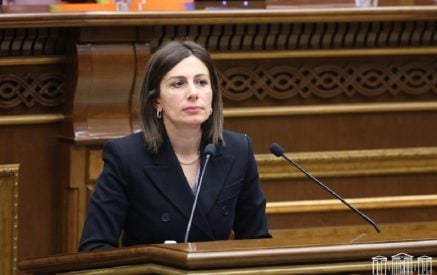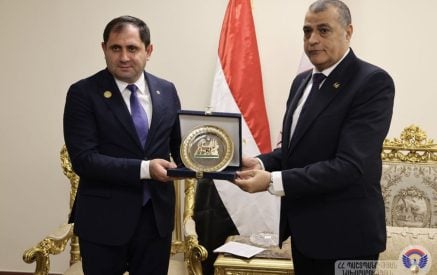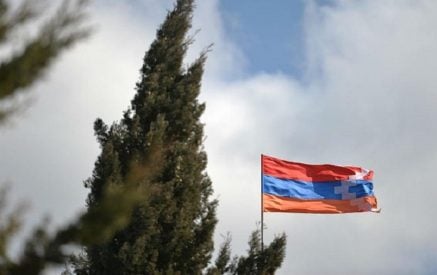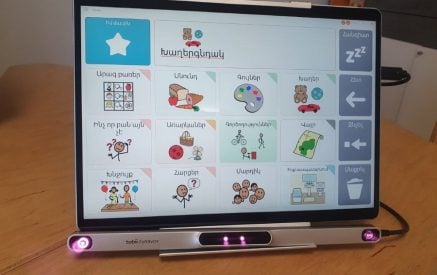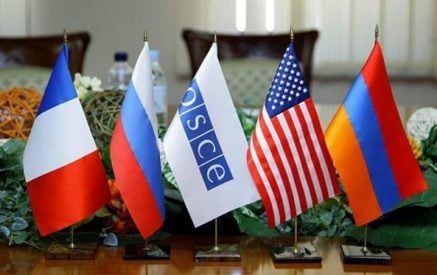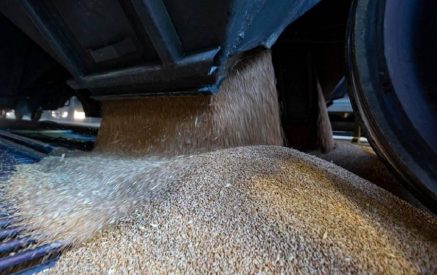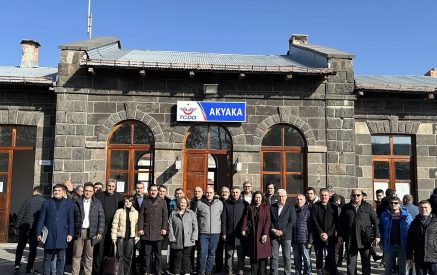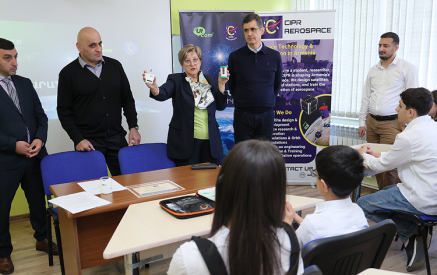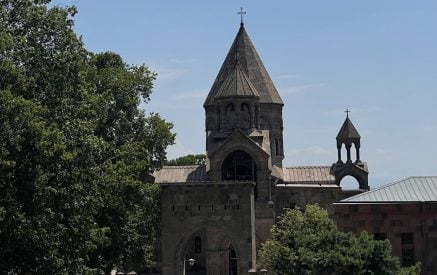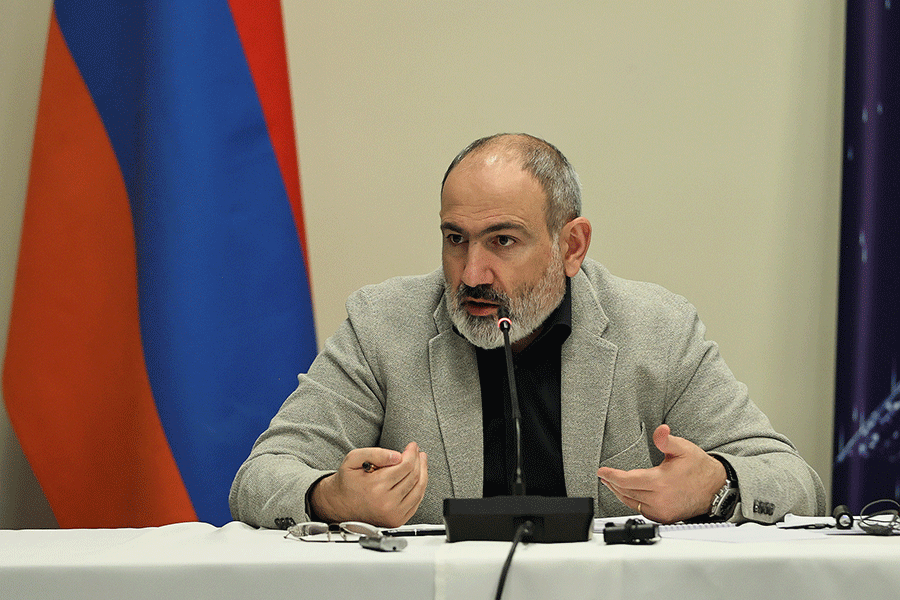Prime Minister Nikol Pashinyan visited the Statistical Committee to participate in the discussion of the activity report 2023 of the Committee.
The Chairman of the Statistical Committee Stepan Mnatsakanyan and his deputies reported on the activities carried out during the reporting period.
It was noted that the program of the previous year was implemented in full, all of the planned 473 measures were implemented. 20 statistical collections, 67 newsletters, 24 informative monthly reports were distributed.
According to the results of the 3rd census held on October 13-22 in the Republic of Armenia since independence, which was conducted for the first time using the combined method, the number of the permanent population of the Republic of Armenia in 2022 as of October 13, was 2,932,731. It was also noted that in 2023 a pilot agricultural census was conducted on October 11-31, and the main widespread census, which will be the second in number in the Republic of Armenia, will be held in October, 2024.
Read also
Prime Minister Pashinyan inquired about the statistical process in the field of agriculture and the works carried out in the direction of capacity development and noted: “Why do we need to call the community and ask how many vineyards they have? With artificial intelligence and orthophoto images, the data must be generated and expressed in our statistics, so that we know what the potential volume of grape procurement is this year, because we know that there are dozens of manipulations with these numbers for several different objectives. Now the technology is so develop. The same goes for cultivated and uncultivated, irrigated and non-irrigated lands, I guess we should go in this direction because the data can be adjusted even about soil moisture levels and so on.
Next, for example, we have the same problem with normative and supernormative lands. This is important because it will enable us to refine our planning and strategies. For example, if we are sure about the data of super-normative lands, we can put a different mechanism of drip irrigation, subsidy in the soils where moisture is more, and so on. If we do it manually, there will always be room for abuse. Moreover, these technologies exist. And I think we need to solve this problem as a matter of urgency. We should not call and ask how much grape they have harvested or how many gardens they have. All that should be generated by artificial intelligence, of course also by analysis. Call-based statistics lead us to many wrong places.”
It was informed that the Statistical Committee closely cooperates with the Cadastre Committee in the direction of capacity building and obtaining orthophoto images.
In order to improve the SME statistics, the summary tables of calculated taxes payable to the state budget by economic entities (very small, small, medium, large) that carried out economic activity in the reporting year of 2022, according to types of economic activity and the size of economic operators, were developed in 2023.
In 2023, Armstat, in cooperation with the World Bank and “Eko serund” environmental, socio-economic non-governmental organization, carried out a study “On the use of information and communication technologies by economic entities and e-commerce” funded by the European Union, the full results of which are published on Armstat’s official website.
In 2023, completion and piloting works of “Web-platform for collection, storage and processing of electronic reports” were carried out in 2 directions. on the administrative portal with the participation of Armstat units and on the public portal with the participation of respondents. As a result, from February 1, 2024 Armstat’s “Official Statistical Reporting Online System” will be launched. With the support of the SRC, awareness raising is also carried out through the platform of the SRC.
A new section titled “Infographics” has been created on the home page of Armstat’s official website, under which the composition and content of the infographics of the presented indicators are continuously updated.
140 statistical product quality declarations have been updated based on the principles of the European Statistical Code of Practice and the Quality Assurance Framework of the European Statistical System and the General Statistical Business Process Model (GSBPM, version 5.0), as well as the Armstat functions have been mapped (statistical and non-statistical) according to the Generic Activity Model for Statistical Organizations (GAMSO).
Guided by the requirements of the 10th fundamental principles of official statistics of the United Nations, the “International cooperation principle”, constant cooperation with international statistical organizations was ensured, aimed at comparability with international standards in statistical practice and the continuous development of official statistics.
In addition to the ongoing research and observations funded by the Armenian state budget, the “One-time Survey of Time Use” was initiated in 2023 with the methodological and financial support of UN Women.
INFORMATION AND PUBLIC RELATIONS DEPARTMENT OF THE OFFICE OF THE PRIME MINISTER OF THE REPUBLIC OF ARMENIA


